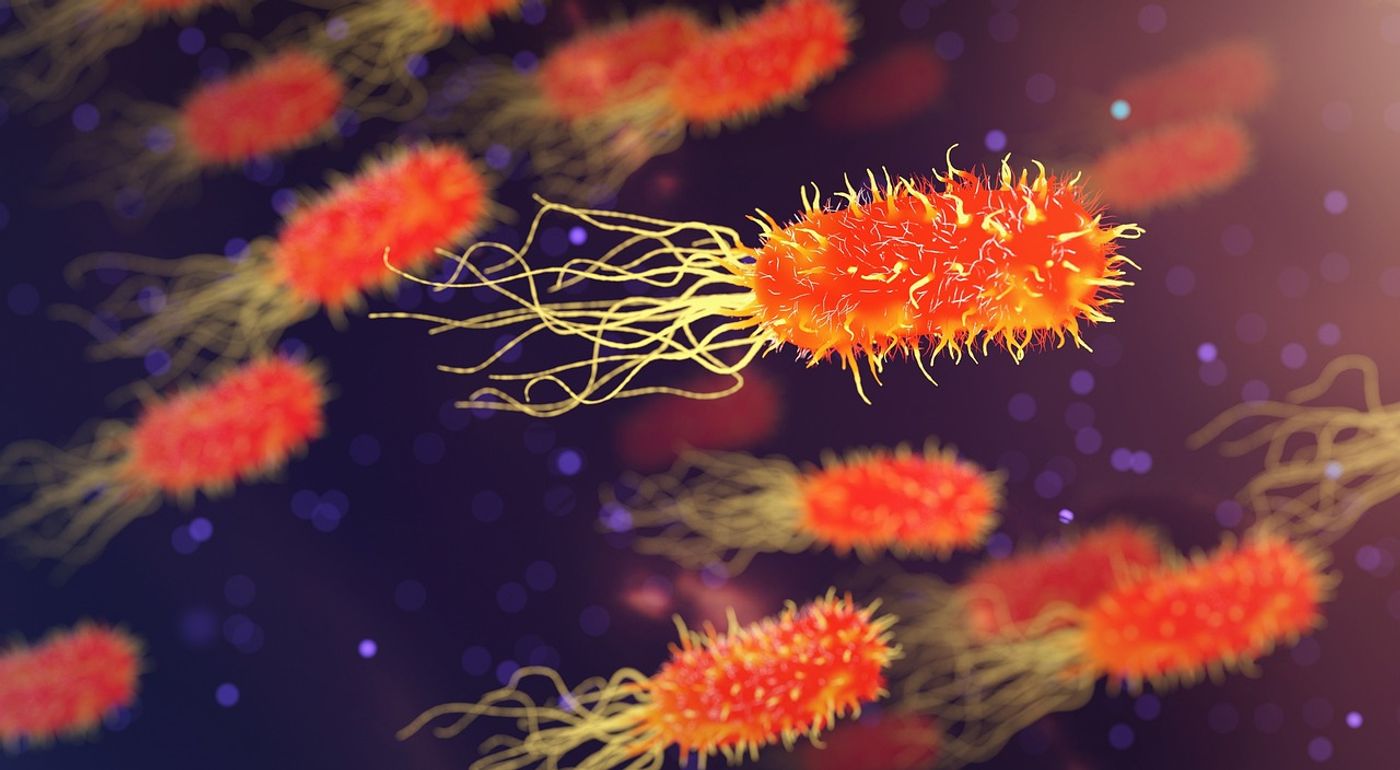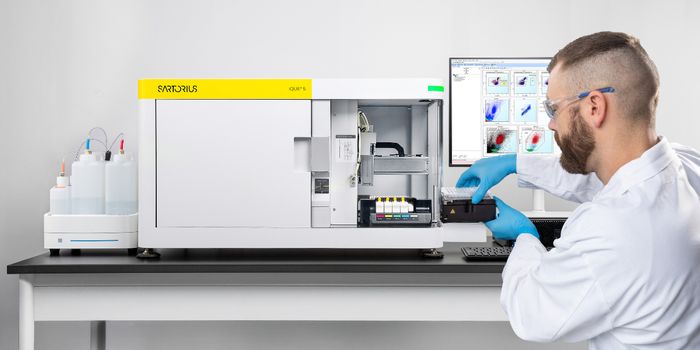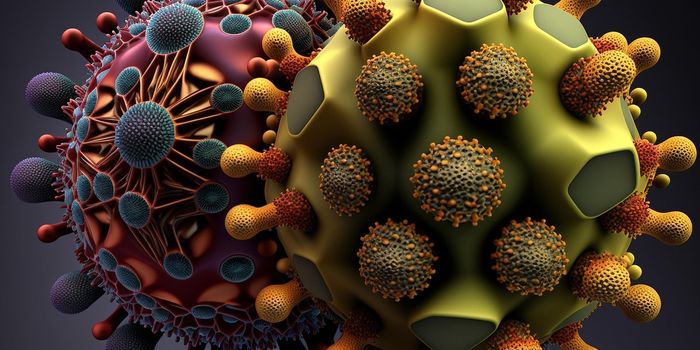Oral Bacteria Found in the Gut is Associated with Colorectal Cancer
We interact with small, single-cell organisms on a regular basis. These tiny cells, known as bacteria, represent a vital contributor to the Earth’s ecosystem, and they live almost everywhere, including right inside the human body. While most bacteria species in our bodies benefit us, or at least cause no harm, some bacteria cause illness or disease in humans.
The human gut houses a significant number of bacterial species. You may have heard of the “gut microbiome,” which describes the vast array of microorganisms in the gut. In recent years, significant research has linked the gut microbiome to health and diseases, including cancer. The gut microbiome plays a prominent role in gastrointestinal cancers, such as colorectal, esophagus, and gastric malignancies. The microbiome of cancer patients often includes bacteria different from those of a healthy individual.
A recent and novel study published in Nature has explored a specific bacterium, fusobacterium nucleatum (Fn), linked to colorectal cancer. Fn primarily lives in the mouth microbiome (the oral cavity ) and rarely in the gut area. In fact, Fn seldom exists outside of the mouth area of healthy individuals. However, over the past decade, studies have begun to observe Fn in colon cancer but not in the colon of individuals without cancer, making it a fascinating area of cancer research.
The distinct absence of Fn in healthy colon tissue and its presence in the gut of patients with colon cancer makes it a compelling factor to consider in cancer research. The current study delves into the role of Fn in colon cancer, potentially paving the way for new diagnostic and therapeutic approaches in the future.
The researchers studied the Fn isolated from the tumors of colorectal cancer patients. The study evaluated the genomes of 80 strains of Fn isolated from the oral cavity of volunteers without colorectal cancer and 55 strains of Fn from the tumors of colorectal cancer patients.
Most of the bacteria found in colorectal cancer patients came from an Fn subgroup known as fusobacterium nucleatum animalis (Fna). Within the Fna subgroup, the researchers identified two distinct bacterial clades (familial lineages generated from a common ancestor) named FnaC1 and FnaC2. Notably, FnaC2 accounted for most of the bacteria found in the cancer specimens.
The researchers' findings are significant, as they conclude that FnaC2 drives the detectable levels of Fn in colorectal cancer tumors, thereby promoting tumor growth. Moreover, the unique characteristics of FnaC2, which facilitate tumorigenesis, are noteworthy. When cultured with colon cancer cells, FnaC2 demonstrated a higher level of cancer epithelial cell invasion, a process crucial for cancer to evade healthy cells, compared to FnaC1. Additionally, Fna2 displayed more nutrient-savaging mechanisms than FnaC1, suggesting its optimal ability to survive and thrive in the unique gut environment.
Sources: Curr Opin Microbiol, Gen Bio, Gastroenterol Hepatol, Cancer Cell, Genome Res, Nature, Theory Biosci









